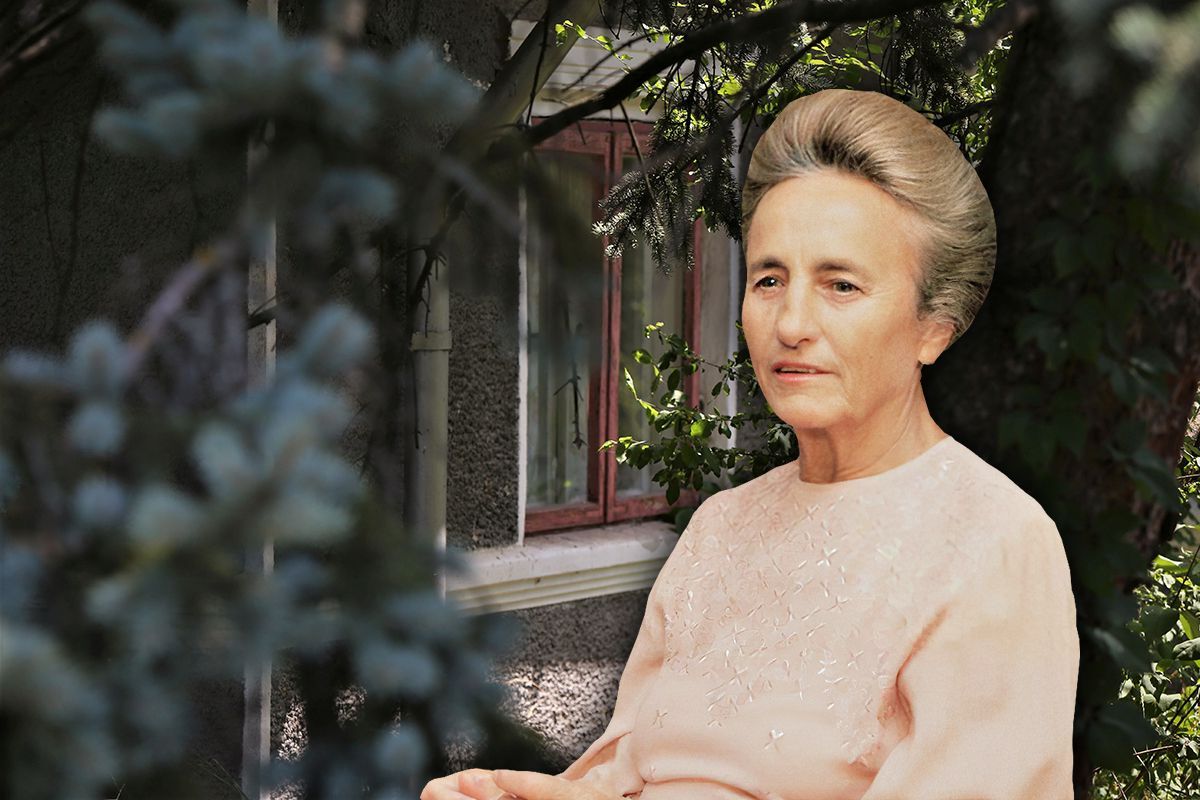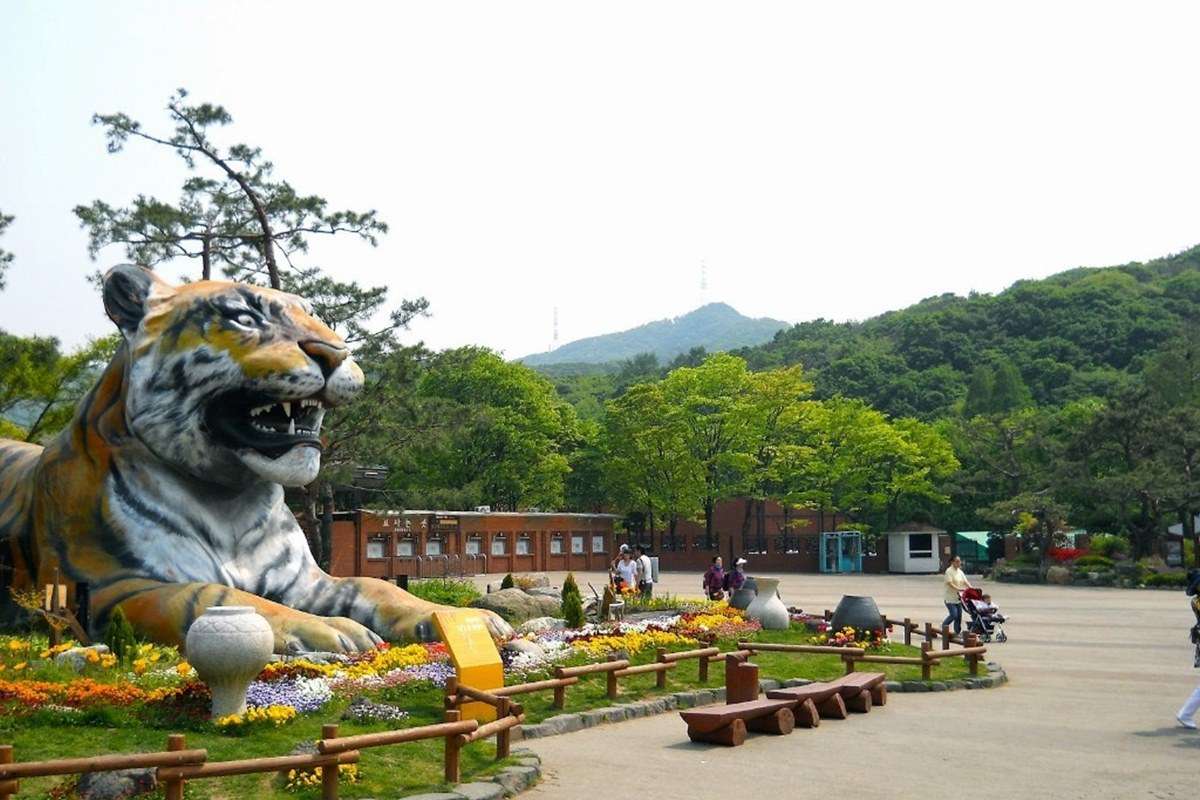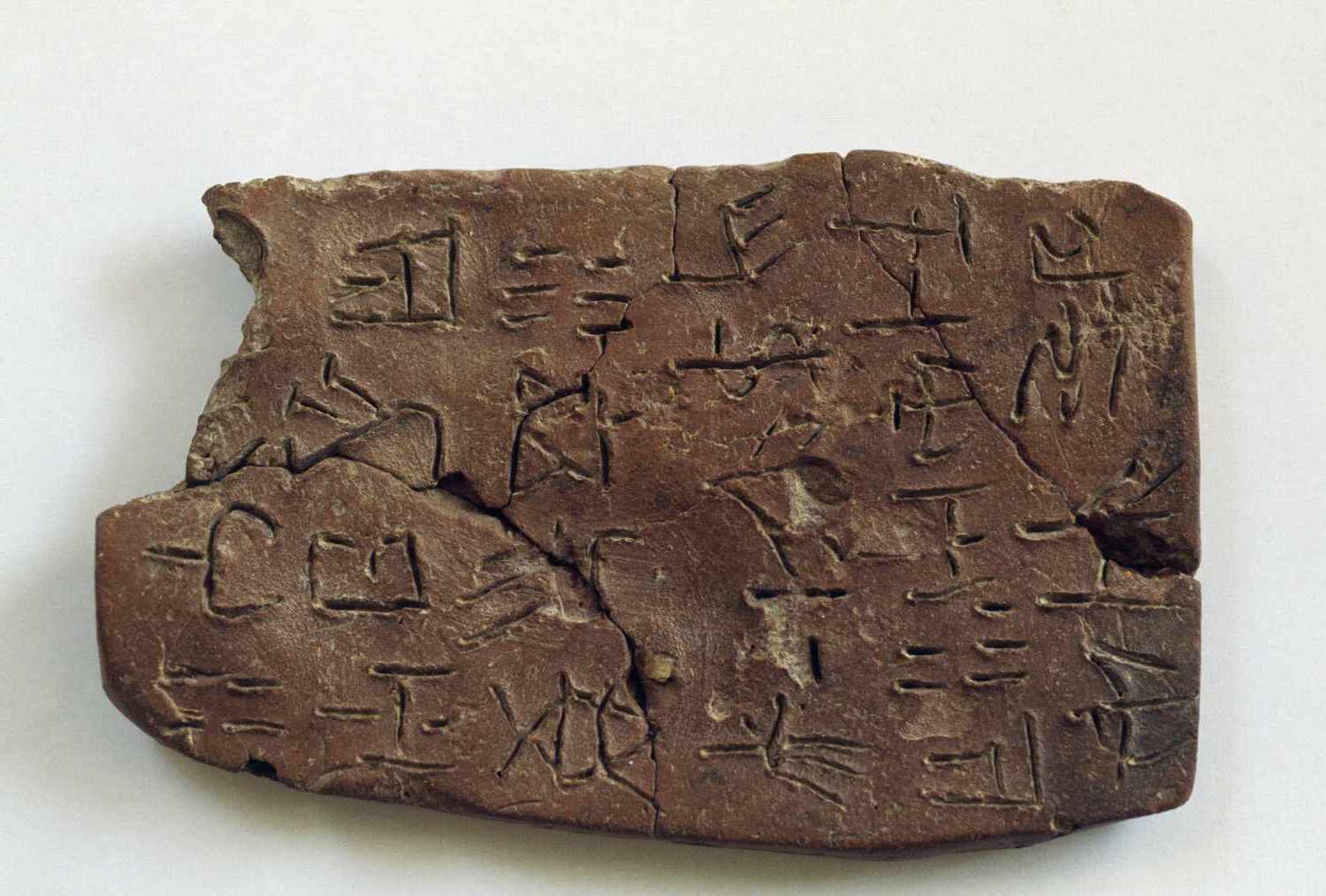
Who was Elena Ceaușescu? Elena Ceaușescu, often overshadowed by her husband Nicolae Ceaușescu, played a significant role in Romania's history. Born in 1916, she climbed the political ladder to become Deputy Prime Minister. Her influence extended beyond politics into science, where she claimed to be a chemist, though her credentials were widely disputed. Known for her ambition and ruthlessness, Elena's life was marked by controversy and power struggles. She was a key figure in Romania's communist regime, contributing to policies that shaped the nation. Her downfall came swiftly in 1989 when the regime collapsed, leading to her execution alongside her husband. Elena Ceaușescu remains a complex and polarizing figure, remembered for her ambition, influence, and the dramatic end to her life.
Key Takeaways:
- Elena Ceaușescu, a powerful figure in Romanian history, had a controversial rise to influence despite limited formal education. Her legacy is a reminder of the complexities of power and the impact of authoritarian rule.
- Elena Ceaușescu's influence on Romania led to widespread poverty and oppression. Despite her efforts to promote women's rights, her legacy remains controversial, reflecting the complexities of power and its impact on a nation's history.
Early Life and Education
Elena Ceaușescu, a prominent figure in Romanian history, had a life filled with intriguing events and controversial decisions. Let's delve into some fascinating facts about her early years and education.
- Born on January 7, 1916, in Petrești, Romania, Elena Ceaușescu's early life was marked by modest beginnings.
- She was the youngest of three children in her family, growing up in a rural environment.
- Elena's formal education was limited; she only completed four grades of primary school.
- Despite her lack of formal education, she later claimed to have earned a PhD in chemistry.
- Her early work included various low-skilled jobs, such as a laboratory assistant and textile worker.
Rise to Power
Elena's ascent to power was closely tied to her husband, Nicolae Ceaușescu, who became the leader of Romania. Her influence grew significantly over the years.
- Elena married Nicolae Ceaușescu in 1947, shortly after World War II.
- She joined the Romanian Communist Party in 1939, aligning herself with the political movement that would shape her future.
- By the 1960s, Elena had become an influential figure within the party, often accompanying her husband on official visits.
- She was appointed as the First Deputy Prime Minister of Romania in 1980.
- Elena played a significant role in shaping Romania's domestic and foreign policies during her husband's regime.
Scientific Career and Controversies
Elena Ceaușescu's scientific career was marred by controversies and allegations of plagiarism. Her supposed contributions to chemistry were highly disputed.
- She was awarded a PhD in chemistry in 1967, despite her limited formal education.
- Elena's scientific publications were often ghostwritten by other scientists under duress.
- She received numerous honorary degrees from various universities, many of which were later revoked.
- Her work in polymer chemistry was criticized for lacking originality and scientific merit.
- Elena's scientific reputation was largely a result of her political influence rather than genuine academic achievement.
Personal Life and Public Image
Elena Ceaușescu's personal life and public image were carefully curated to project an image of power and sophistication. However, the reality was often starkly different.
- She was known for her extravagant lifestyle, often wearing expensive clothes and jewelry.
- Elena had a reputation for being ruthless and demanding, both in her personal and professional life.
- She was deeply involved in the upbringing and education of her children, ensuring they received privileged treatment.
- Elena's public speeches were often filled with praise for her husband's leadership and the achievements of the Communist Party.
- Despite her efforts to appear cultured and intellectual, many Romanians viewed her as a symbol of corruption and oppression.
Downfall and Legacy
The Ceaușescu regime came to a dramatic end in 1989, leading to the downfall of both Nicolae and Elena. Their legacy remains a topic of debate and reflection in Romania.
- The Romanian Revolution of 1989 led to the overthrow of the Ceaușescu regime.
- Elena and Nicolae were captured by the military on December 22, 1989.
- They were tried and convicted of genocide and other crimes in a swift military trial.
- On December 25, 1989, Elena and Nicolae Ceaușescu were executed by firing squad.
- Their deaths marked the end of an era of authoritarian rule in Romania.
Impact on Romania
Elena Ceaușescu's influence on Romania was profound, leaving a lasting impact on the country's political, social, and economic landscape.
- Her policies contributed to widespread poverty and economic decline in Romania.
- Elena's emphasis on industrialization led to environmental degradation and poor living conditions.
- The Ceaușescu regime's oppressive tactics stifled political dissent and freedom of expression.
- Elena's legacy is often associated with the brutal repression of the Romanian people.
- Despite her controversial rule, some Romanians remember her for her efforts to promote women's rights and education.
Interesting Tidbits
Beyond the major events of her life, there are several lesser-known facts about Elena Ceaușescu that paint a fuller picture of her personality and actions.
- Elena was known to have a strong dislike for intellectuals and often targeted them during purges.
- She had a passion for collecting rare and expensive books, despite her limited reading ability.
- Elena was an avid gardener and took great pride in the gardens of the Ceaușescu residence.
- She was involved in the creation of the Palace of the Parliament, one of the largest administrative buildings in the world.
- Elena's influence extended to the arts, where she promoted socialist realism and censored works that did not align with party ideology.
Final Years and Posthumous Reputation
The final years of Elena Ceaușescu's life were marked by increasing isolation and paranoia. Her posthumous reputation continues to be a subject of debate.
- In the years leading up to their downfall, Elena and Nicolae became increasingly isolated from the Romanian people.
- They relied heavily on a small circle of loyal advisors and security personnel.
- After their execution, the bodies of Elena and Nicolae were buried in unmarked graves, later moved to Ghencea Cemetery in Bucharest.
- Elena's legacy remains controversial, with some viewing her as a victim of circumstance, while others see her as a willing participant in her husband's oppressive regime.
- The story of Elena Ceaușescu serves as a reminder of the complexities of power and the impact of authoritarian rule on a nation's history.
Final Glimpse at Elena Ceaușescu
Elena Ceaușescu's life was a mix of power, controversy, and mystery. From her rise to becoming Romania's First Lady to her dramatic fall during the 1989 revolution, her story is a stark reminder of how quickly fortunes can change. Known for her influence over her husband, Nicolae Ceaușescu, and her role in the oppressive regime, Elena's legacy is complex. Her scientific credentials were often questioned, adding another layer to her controversial image. Despite her attempts to project an image of intellectual prowess, many saw through the facade. Her execution alongside Nicolae marked a brutal end to their reign. Elena Ceaușescu remains a figure of fascination, embodying the extremes of power and downfall. Her life serves as a cautionary tale about the perils of unchecked authority and the inevitable consequences of tyranny.
Frequently Asked Questions
Was this page helpful?
Our commitment to delivering trustworthy and engaging content is at the heart of what we do. Each fact on our site is contributed by real users like you, bringing a wealth of diverse insights and information. To ensure the highest standards of accuracy and reliability, our dedicated editors meticulously review each submission. This process guarantees that the facts we share are not only fascinating but also credible. Trust in our commitment to quality and authenticity as you explore and learn with us.


